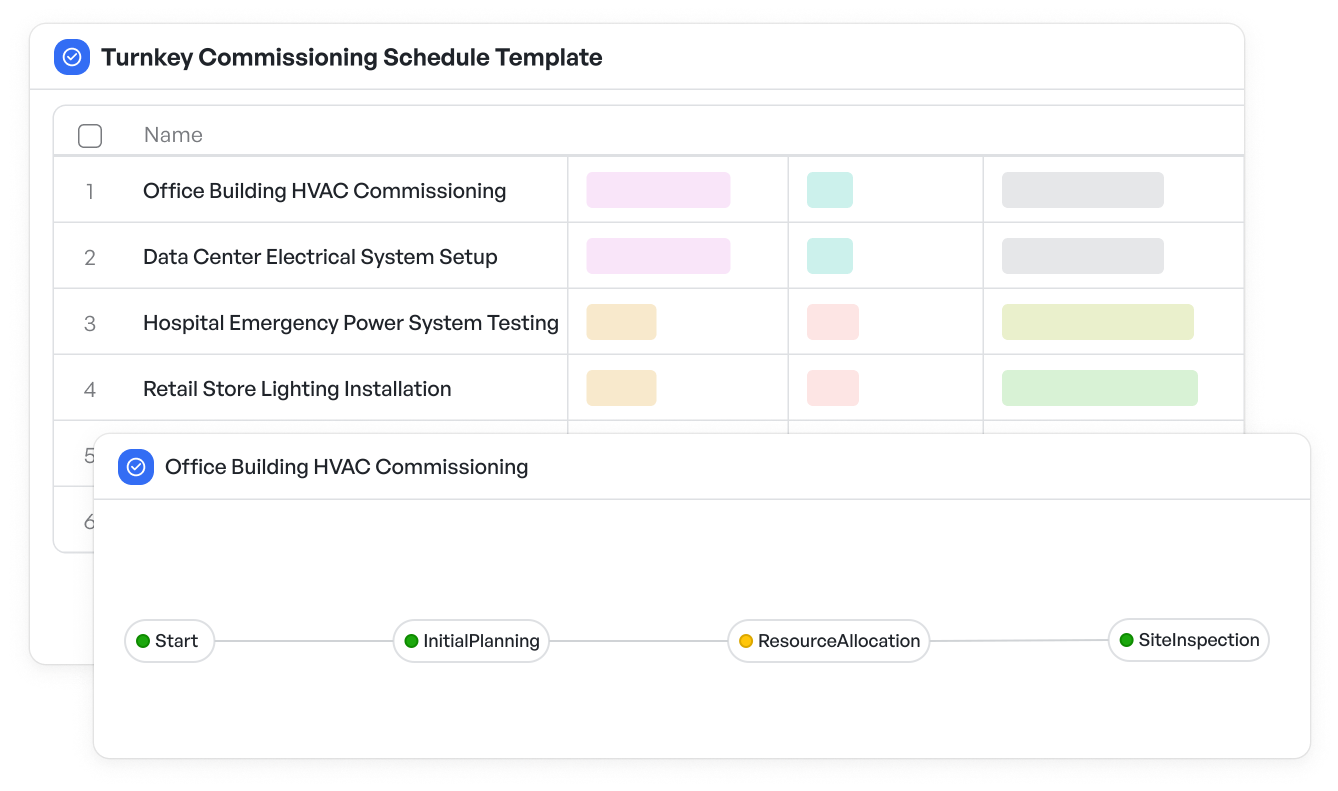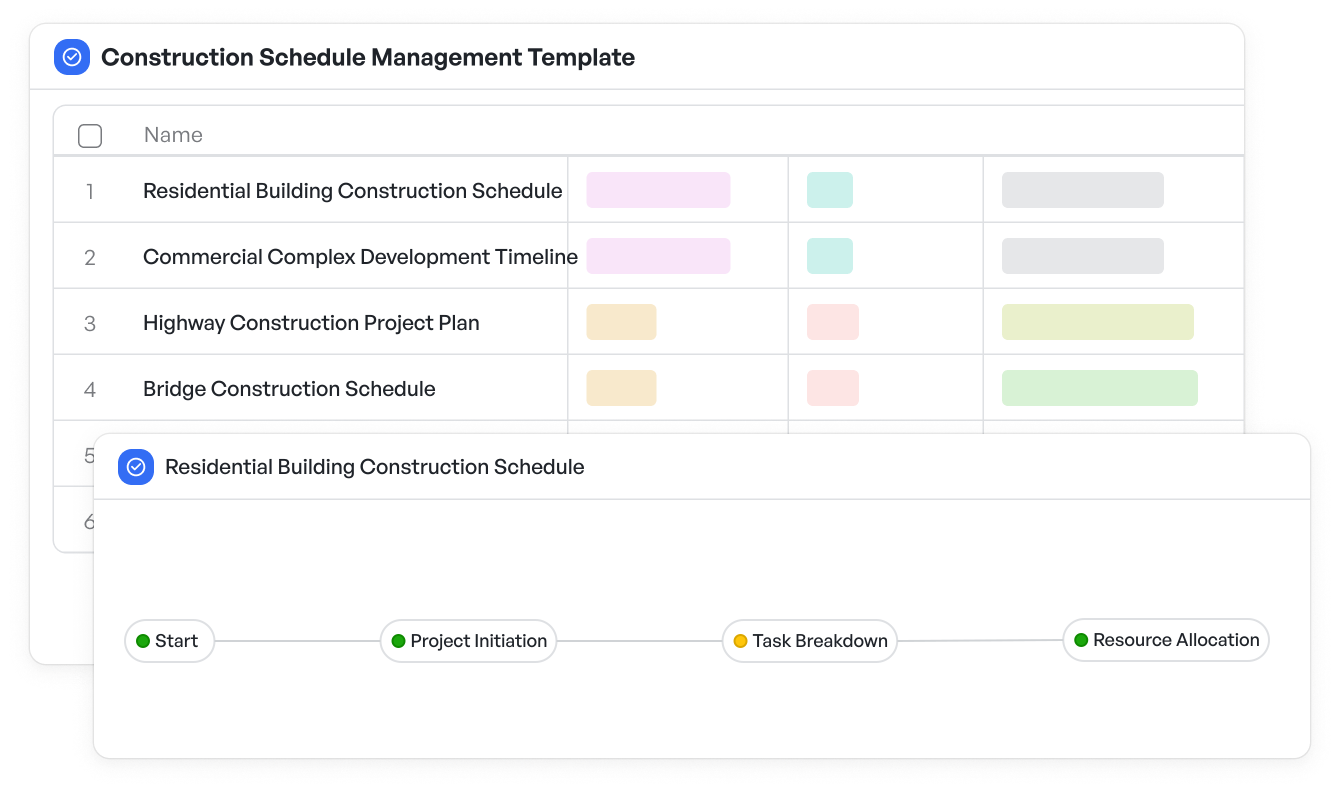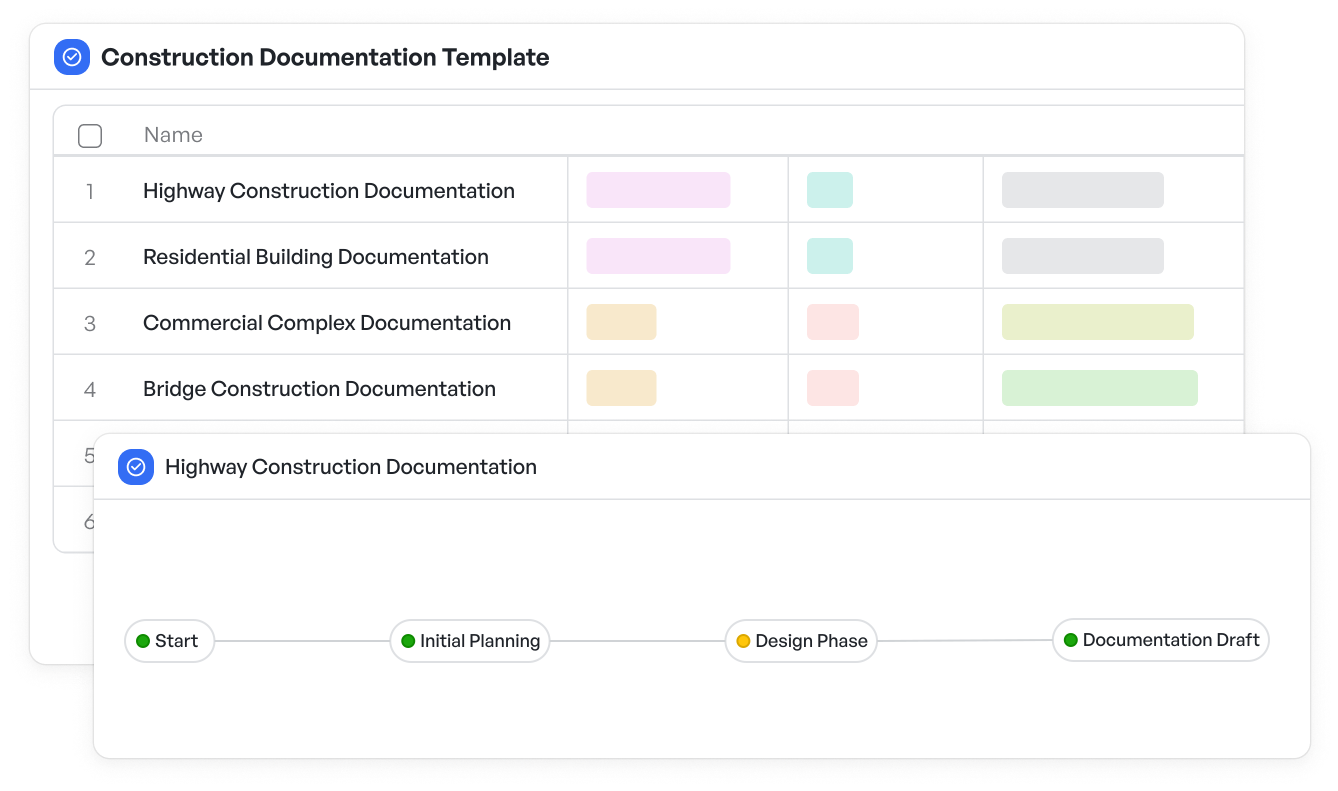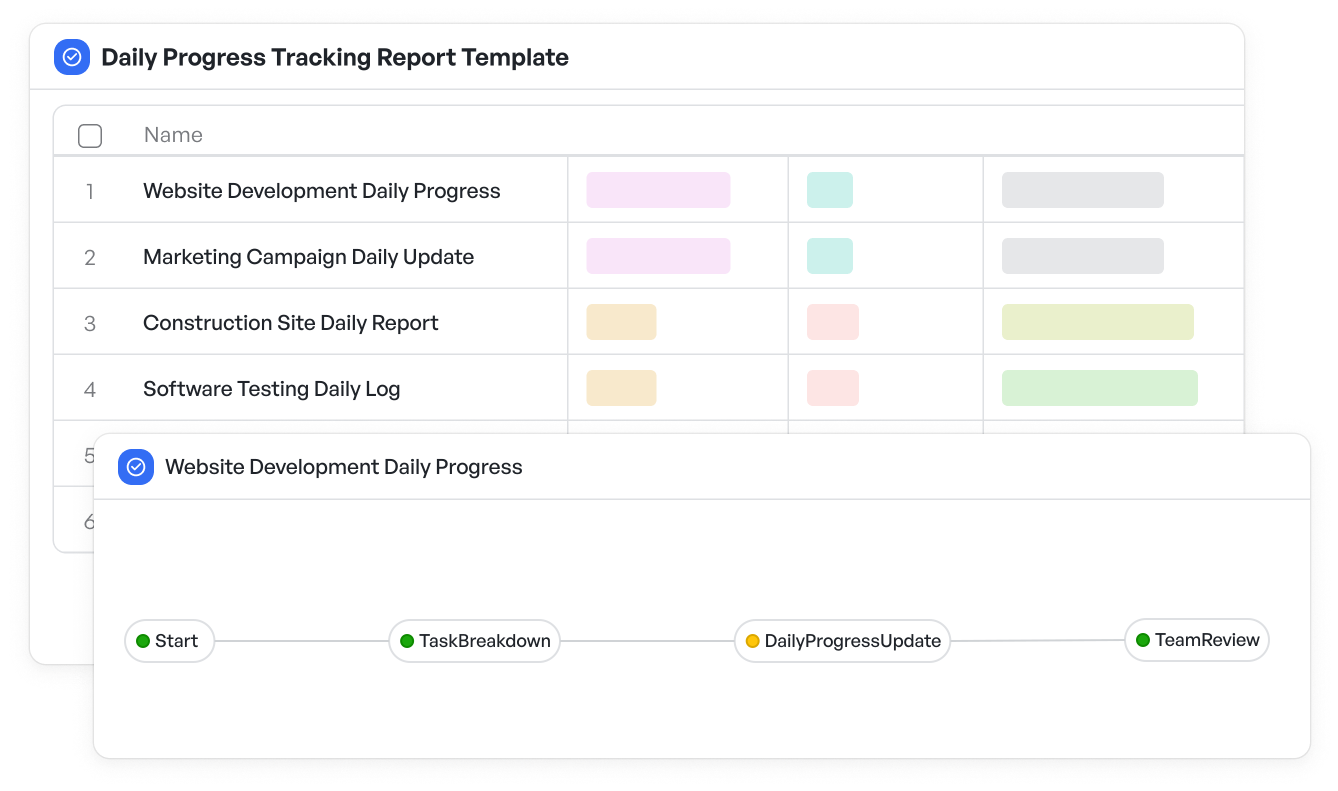How to Implement Feature-Driven Development in Construction

Construction projects are inherently complex, involving multiple teams, tight deadlines, and shifting requirements. For project managers and decision-makers in the construction industry, adopting methodologies that provide clear focus and flexibility can make a significant difference.
Feature-driven development (FDD), a structured Agile approach, offers a way to organize construction projects by breaking down work into client-valued features and managing them incrementally.
This article explores how feature-driven development applies to construction project management, the key benefits it offers, and practical steps for implementation. We will also look at how templates designed for construction project management can support feature-driven development approach effectively.
What is Feature-Driven Development in Construction?
Feature-driven development is an Agile methodology that centers on delivering tangible, client-valued features through short, iterative cycles.
Unlike traditional waterfall models that can be rigid and sequential, feature-driven development breaks down a project into small, manageable pieces, enabling better visibility, faster feedback, and more adaptive planning.
In construction, “features” might represent discrete deliverables such as foundation laying, electrical wiring setup, or HVAC installation. Organizing work around such features allows teams to focus on completing clearly defined tasks while maintaining an overall view of the project.
 Turnkey commissioning schedule template streamlines HVAC installations, electrical wiring setup, and safety inspections
Turnkey commissioning schedule template streamlines HVAC installations, electrical wiring setup, and safety inspectionsWhy Use Feature-Driven Development in Construction Projects?
Construction projects often suffer from delays, budget overruns, and miscommunication. Feature-driven development addresses some of these challenges by:
- Providing structured visibility into progress on individual features
- Allowing changes and refinements during construction phases without disrupting the entire plan
- Promoting collaboration between diverse teams, such as architects, engineers, contractors, and subcontractors
- Delivering incremental value, which can improve client satisfaction and reduce risk
By focusing on feature completion, construction teams can more effectively allocate resources and respond promptly to unforeseen challenges on site.
5 Key Steps to Implement Feature-Driven Development in Construction
Adopting feature-driven development in construction involves clear planning and discipline. Construction leaders can follow these main steps to apply FDD principles effectively:
1. Develop an Overall Construction Domain Model
Start by mapping the main components and systems involved in the project, such as structural elements, mechanical systems, and interior finishes. This high-level model serves as the foundation for identifying all necessary features.
2. Build a Detailed Feature List
Break down the domain model into specific features, for example, “install concrete slab,” “set up electrical wiring,” or “finish drywall installation.”
Each feature should deliver value and be small enough to complete in a short time frame.
3. Plan Features with Dependencies in Mind
Sequence features logically based on construction dependencies and deadlines. For example, foundation work must precede framing. Create release plans that reflect these relationships, allowing for iterative delivery.
The construction schedule management template supports detailed scheduling and dependency tracking, helping teams manage timelines effectively.
 Construction schedule management template to plan dependencies and timelines for smoother project delivery
Construction schedule management template to plan dependencies and timelines for smoother project delivery4. Design by Feature
Define clear requirements and technical specifications for each feature, ensuring that all teams understand the expected outcome. Collaboration between engineers, contractors, and project managers is crucial here.
The construction documentation template provides a structured format to capture and share design details and specifications across teams.
 Construction documentation template organizes design requirements for effective collaboration
Construction documentation template organizes design requirements for effective collaboration5. Build and Review by Feature
Execute construction work feature by feature, allowing for inspection and feedback after each completion. This iterative cycle helps identify issues early and supports continuous improvement.
The daily progress tracking report template facilitates systematic progress monitoring and issue tracking during construction.
 Daily progress tracking report template ensures timely updates and quick issue resolution for smoother project execution
Daily progress tracking report template ensures timely updates and quick issue resolution for smoother project executionUsing templates specifically designed for construction project management can help standardize this process. Templates that incorporate Agile elements and feature lists support better planning, tracking, and communication across teams.
How Meegle’s Templates Support Feature-Driven Development in Construction
Templates tailored to construction management can provide a structured workflow that complements feature-driven development. They often include:
- Visualized workflows that outline project stages and feature dependencies
- Task tracking systems that highlight feature status and assigned responsibilities
- Scheduling modules to align feature delivery with overall project timelines
- Reporting tools to monitor progress and identify bottlenecks early
Such templates enhance transparency, allowing decision-makers to maintain a comprehensive view of project health and collaborate effectively with on-site teams.
For a deeper understanding on how modern project management software addresses these challenges in construction, check out project management software for construction guide, which highlights top tools and their features tailored to the industry.
Challenges Addressed by Feature-Driven Development in Construction
Applying feature-driven development can mitigate common construction project challenges, such as:
- Coordination across multiple disciplines: Breaking work into features helps synchronize the efforts of diverse teams.
- Managing changing requirements: FDD’s iterative approach allows projects to adapt to design changes or regulatory updates without derailing timelines.
- Meeting compliance and quality standards: Focused reviews after each feature ensure that quality checks are integral to progress.
- Time-to-market pressures: Incremental delivery helps meet milestones by prioritizing critical features first.
By providing structured yet flexible workflows, FDD creates a more manageable environment for complex construction projects.
The Value of Feature-Driven Development in Construction
Feature-driven development offers construction teams a clear, manageable framework for organizing complex projects into smaller, client-focused features. This approach encourages collaboration, improves visibility, and allows for adjustments throughout the project lifecycle. The result is improved efficiency, better resource use, and higher quality outcomes.
Using specialized construction templates that incorporate Agile principles and feature tracking can further streamline this process. Such tools assist project managers and teams in maintaining control while adapting to the dynamic needs of construction projects.
For construction leaders seeking a practical, flexible project management approach, adopting feature-driven development can make a meaningful impact.
Try Meegle and manage construction projects with workflows that keep every feature on track
The world’s #1 visualized project management tool
Powered by the next gen visual workflow engineRead More
Check All BlogsStart creating impactful work today



